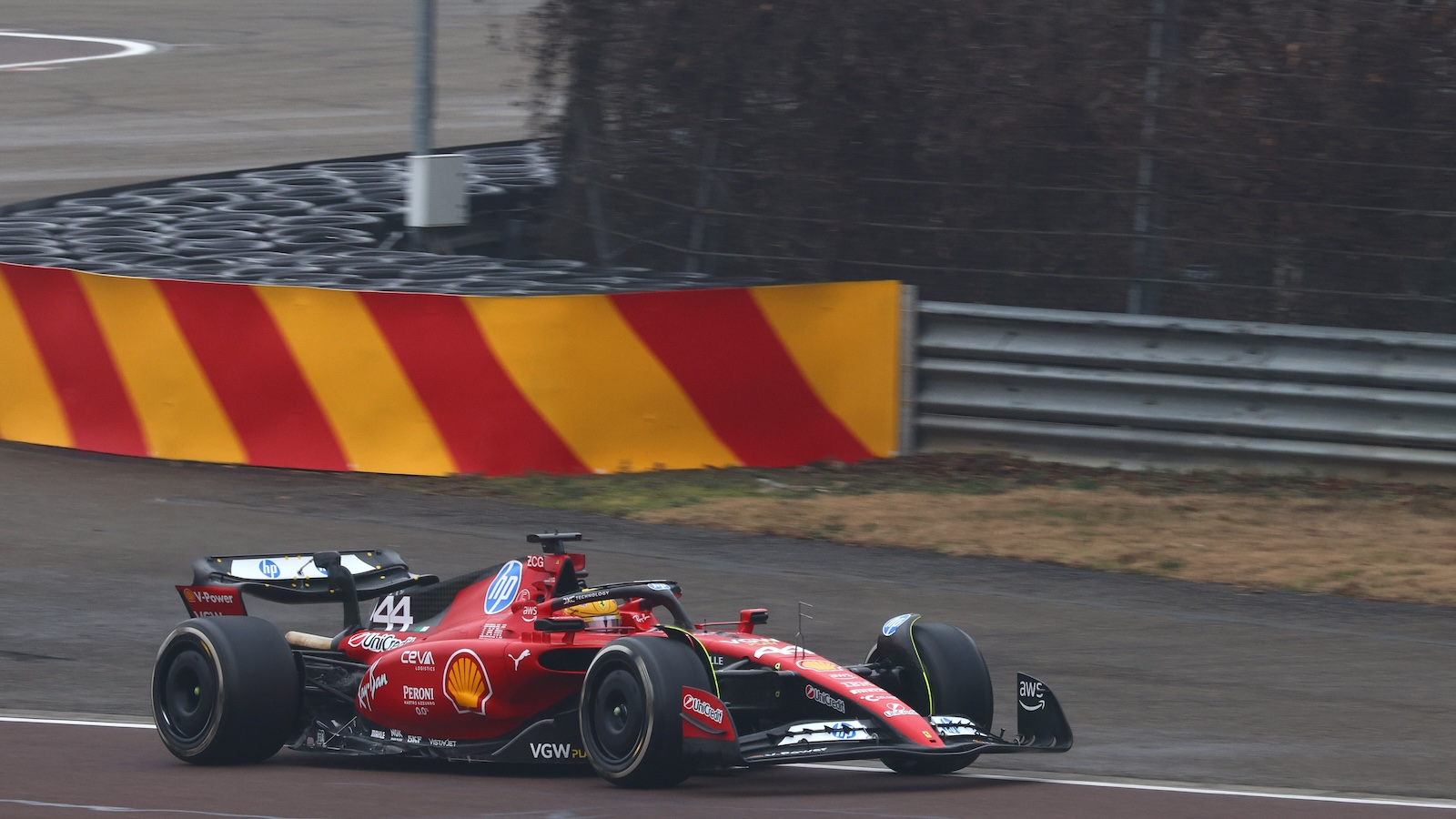First, Netflix made you care about F1. Now, it wants to control how you watch it.
Netflix’s foray into Formula 1 storytelling began with the groundbreaking “Drive to Survive,” a series that captivated audiences and transformed the sport’s demographic reach, especially in the United States—a key market for Liberty Media’s expansion plans. Building on this success, Netflix has set its sights on acquiring live broadcasting rights for Formula 1, signaling a strategic shift toward premium sports programming.
The Rights Landscape
ESPN’s current $90 million annual deal for F1 rights appears increasingly undervalued, especially compared to the multi-billion-dollar packages commanded by the NFL. With ESPN allowing its exclusive negotiating window to lapse, a competitive bidding war is anticipated, potentially driving the price significantly higher.
Unlike ESPN, which benefits from advertising and cable fees, Netflix operates on a subscription-based model. To justify investing in a premium rights package, Netflix must demonstrate that such an acquisition would attract and retain subscribers, offsetting the substantial costs.
While ESPN utilizes Sky Sports’ feed for its F1 coverage, Netflix would likely develop its proprietary coverage infrastructure. This approach would probably focus on a U.S.-centric production, though it’s unclear how Netflix plans to balance subscription exclusivity with potential ad-supported viewing options.
Market Implications
A partnership between Netflix and Formula 1 could accelerate the migration of premium sports content to streaming platforms. With F1 already hosting three U.S. races—in Miami, Austin, and Las Vegas—Netflix’s expertise in content creation could further bolster the sport’s domestic presence.
In a related venture, Netflix invested $170 million in the miniseries “Senna,” dramatizing the life of the legendary F1 driver Ayrton Senna. Released on November 29, 2024, the six-episode series achieved significant viewership, amassing over 53 million hours watched globally within ten days of its premiere. This success underscores Netflix’s ability to engage audiences with motorsport content, reinforcing its potential to become a major player in live sports broadcasting.
As Netflix aims to leverage its storytelling success into broadcast dominance, key considerations include the costs of acquiring rights and the potential for monetizing streaming content. This development could mark a pivotal moment in sports media distribution for the motorsport industry.
For F1 fans, the only certainty is change.
READ MORE – F1 Academy to get the Netflix treatment in 2025
READ MORE – F1 confirms release date for new season of Netflix’s Drive to Survive









